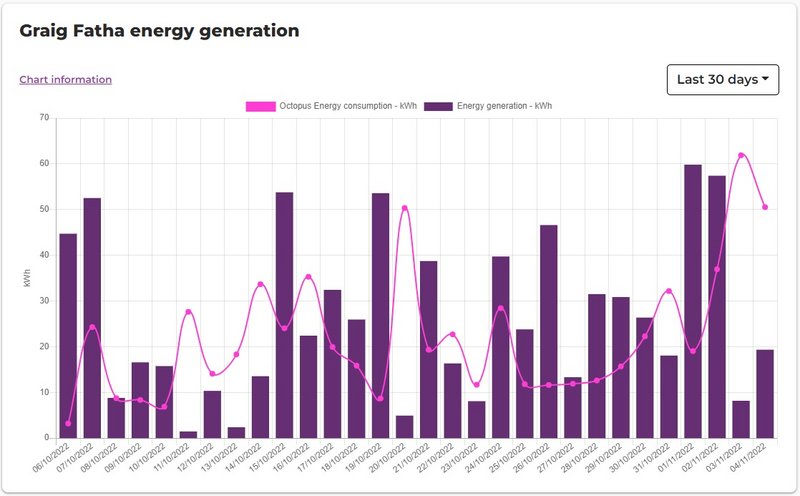Yep, it's been a mess. As costs rose, France took an 84% share, and now have had to save it. The true costs of nuclear are just so high.ALAN/ALAN D wrote: ↑Fri Nov 04, 2022 10:43 pm Do we want EDF to get involved in Sizewell C
"Right now, 28 French EDF reactors are offline due to corrosion safety problems. EDF is essentially bankrupt due to 43billon euro (£37.7billion) debts, facing up to a 100billion euro (£97.6billion) bill for French reactor life-extensions, all of which has forced Macron to fully nationalise EDF, to the detriment of the French economy."
Looks like France is planning a massive reduction in nuclear. They have over 50 reactors that are ageing, but their plans remain vague at 'might build upto 14 new reactors by 2050'. Assuming the new reactors are all built (unlikely as nuclear is now uneconomic), and are twice the size of the old ones, then that's around a 50% reduction, or 75% reduction as leccy demand doubles in France towards 2050.
Similiar situation in the US where they have ~100 reactors starting to ageout*, but only 2 new ones under construction, down from 4 as two of them were cancelled a few years back despite being in mid build with $bn's already spent. They were cancelled as the cost of RE (and storage) has fallen so fast, they would not be economic when completed, so would lose money from day one.
Edit - Probably worth adding here, that whilst the US moves to end some nuclear early make sense, I personally disagree with Germany ending their existing units early. Would have been better to run them and further reduce their coal and lignite use faster than they are currently managing. Though tbf their progress is quite impressive, as seen in chart 3 of the following:
Germany’s energy consumption and power mix in charts
*Some have actually started to be shut early, as the cost of refurbishment for another 10yrs of operation wasn't economic.
Personally, I've got all my fingers crossed that SZC will still be cancelled. The World situation with rising CO2 levels is too big and too serious for us to slow down action by spending money on a small amount of nuclear, long into the future, when the same money would buy more RE generation, far sooner.
Just watched part 3 of Tony Seba / RethinkX 's vids on the current energy disruption(s), very interesting. FF's and nuclear simply don't have a hope. Hence why nuclear isn't included in the vast, vast, vast majority of countries plans to reach net zero leccy.
Of course if SZC doesn't go ahead (with EDF), then the HPC price rises another £3/MWh (2012 pricing), so up from the current £114/MWh to about £118/MWh. [For reference the last CfD auction had RE at roughly £60 for PV, £55 for onshore wind and £50 for offshore wind, deliverable in 1-5yrs.]
